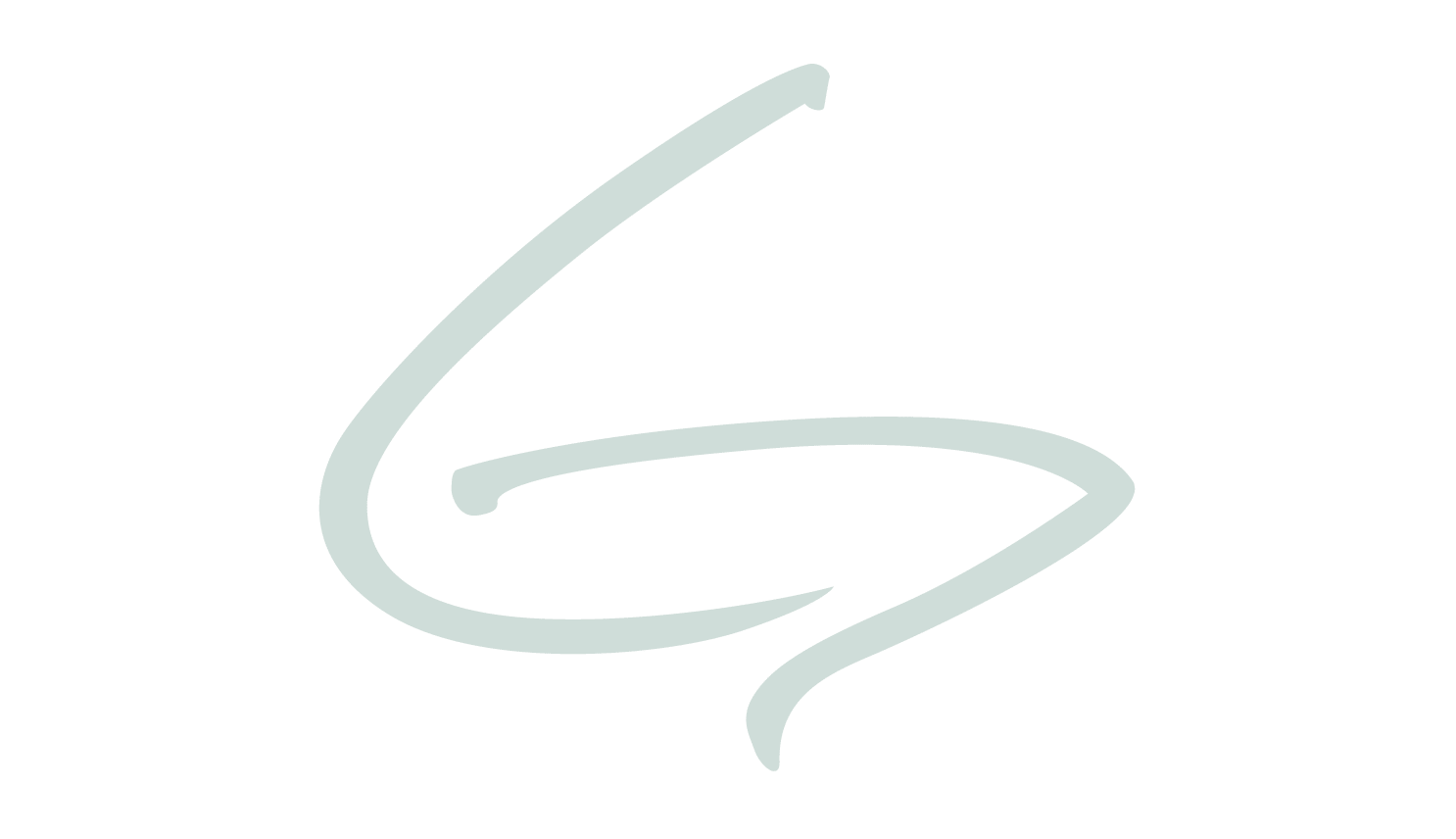August-June
Every season brings a different experience at Greenacres – inside and outside! Use observable seasonal changes in fall, winter, and spring to express yourself and your experiences through the arts. This program’s content changes in fall, winter, and spring, so you can visit one, two, or three times! Programs in the Arts in the Natural World series seek to demonstrate intersections between the arts and the world around us.
Fine Arts Standards:
- DN.1.2CR Explore structured improvisations and movement phrases within a central theme.
- MUS.1.3CO Connect concepts shared between music, other art forms, and other subject areas.
- TH.1.2RE React to character actions and choices, both personal and peer, following a guided drama experience.
- VA.1.1RE Describe the meaning of symbols and images in works of art.
Science Standards:
- K.PS.1 Objects and materials can be sorted and described by their properties.
- NGSS: K-ESS2-1 Earth’s Systems: Use and share observations of local weather conditions to describe patterns over time.
Social Studies Standards:
- SS.K.3 Heritage is reflected through the arts, customs, traditions, family celebrations and language.
Social and Emotional Learning Standards:
- SEL.E4.3.a Identify examples of transitions and how they are a necessary and appropriate part of school and life.
Vocabulary:
seasons, observations, changes, inspiration, traditions
